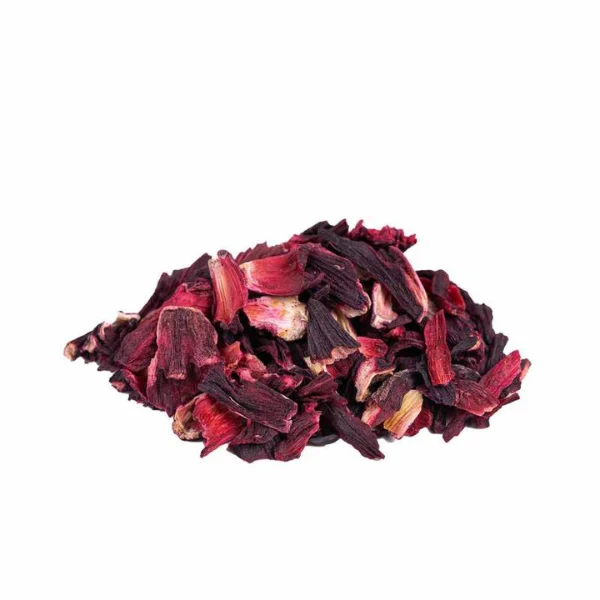Hibiscus Blossoms
€3.00
Package 50 g
Hibiscus tea, made from dried parts of the hibiscus plant, is deep red in color. It has sweet and tart flavors, similar to cranberry, and may be consumed hot or iced.
9 in stock
Description
Hibiscus Blossoms
Hibiscus tea, made from dried parts of the hibiscus plant, is deep red in color. It has sweet and tart flavors, similar to cranberry, and may be consumed hot or iced.
How to prepare:
quantity: 13-18 g/l
temperature: 100 C
brewing time: 5 to 10 minutes
Nutritional value
100 ml Tea* contains on average
- Energy < 2 kJ / 1 kcal
- Fat < 0,1 g
- of which saturates < 0,1 g
- Carbohydrate < 0,1 g
- Sugars < 0,1 g
- Nutritional value < 0,1 g
- Sodium < 0,01 g
Ingredients:
- Hibiscus
Article number: 82159
1 review for Hibiscus Blossoms
You must be logged in to post a review.







Peter (verified owner) –
My wife has used the hibiscus for hot tea for years & has never had any problems.